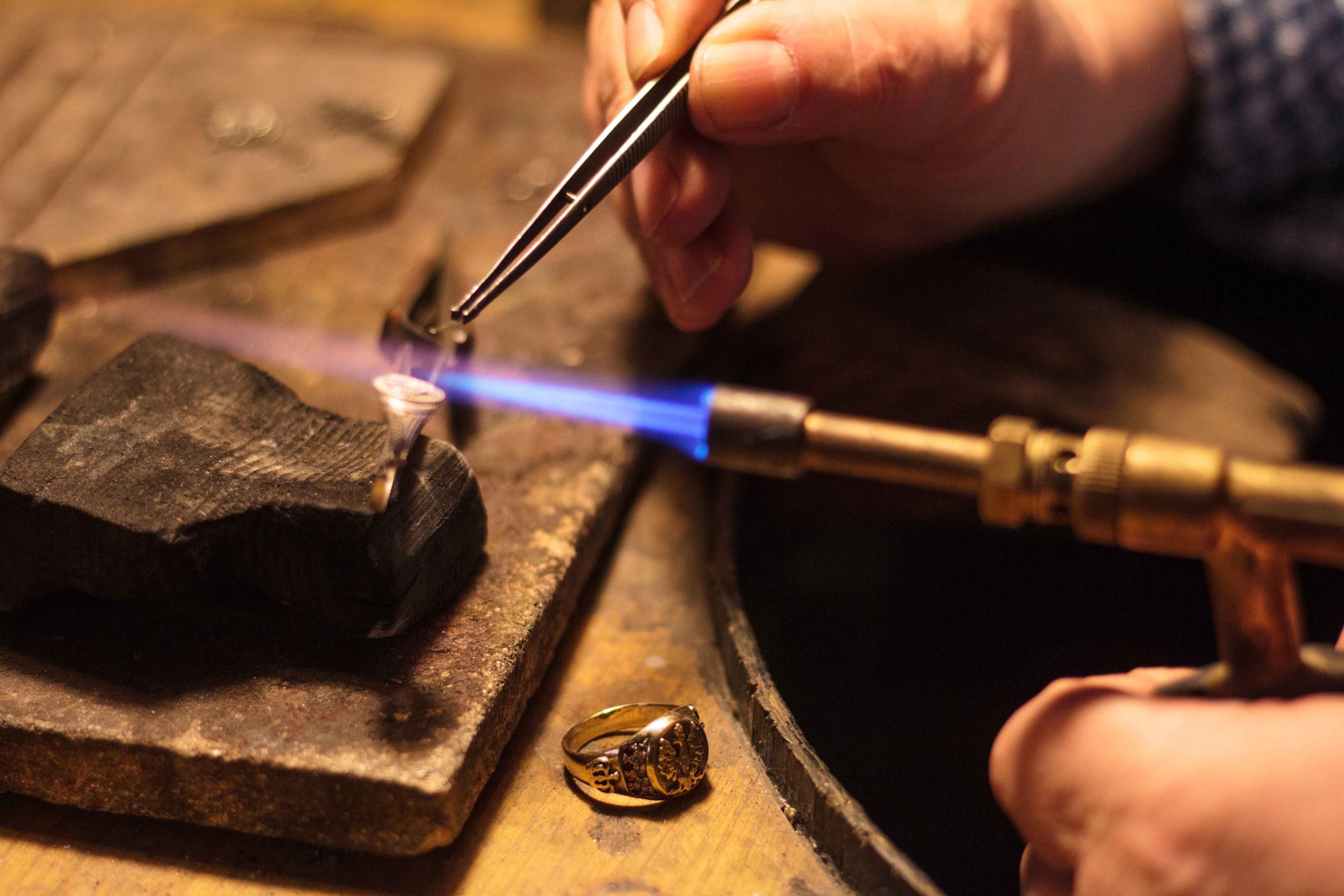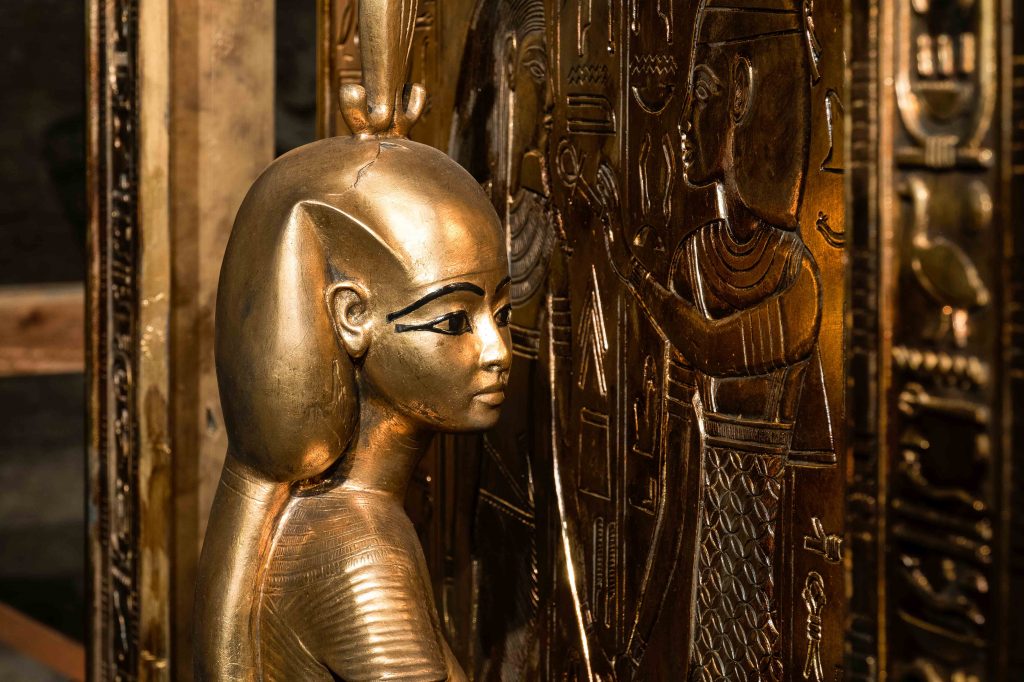Precision in every piece
Jewellery meets its new maker in compressed air.

Shrouded in mystery, Egyptian Pharaohs, their burial tombs and burial practices have always been a source of fascination. It was believed that elaborate funerary rituals were necessary to ensure immortality after death. Besides mummification and special magical spells, sustenance and material goods were an integral part of the process, especially added to accompany the dead through their passage to afterlife. However, the most significant burial offering that the dead were entombed with, was jewellery.

One of the most famous Egyptian pharaohs, King Tutankhamun’s tomb that was discovered in early 1920s has been a classic specimen of these rituals. Filled with luxurious riches, his jewellery collection boasted a spectacular range of personal adornments including gemstones, gold and silver. Beneath the layered wrapping of King Tut’s mummy, archaeologists discovered over 143 jewellery pieces that included amulets, chains, collars, necklaces, pendants, ear ornaments, bracelets, anklets, finger rings, sheaths for fingers and toes, and pectorals that were worn on the chest. Considered as some of the finest works of art, these are currently displayed at the Egyptian Museum in Cairo.

Skilled craftsmen painstakingly shaped, carved and designed these stunning pieces under the strict supervision of palace and temple officials. The uniqueness of each design and techniques used to create them gave an insightful window into the world of ancient jewellery making. The ancient cloisonne technique was used to create outlines of figures and symbols with gold wires. Filigree featured delicate lacelike detailing while granulation involved soldering tiny gold balls to the surface of gold sheets. Creating a veritable heritage of luxurious jewellery, each masterpiece served as a visual feast, truly fit for a king.
Primitive and traditional jewellery making techniques involved slow manual engraving, welding, sawing and cutting that took long periods of time. Today, with fast-paced innovation and modern techniques, designing such intricate pieces and complex designs is much easier.

Pneumatic tools for jewellery makers are revolutionising the jewellery making industry. These air-powered jewellery-making tools eliminate the need for repetitive manual labour and use of heavy-duty rotary or motorised tools. Not only do they perform at superior speeds, but can also be used to create multifaceted finishes and textures.
Ideal for stone or bead settings, bright cutting, hammering and engraving across a variety of metals, these tools use the power of compressed air technology for a wide range of creative jobs. Compressed air in blow guns and dryers is a great way to clean and maintain jewellery pieces too. Well-suited for large-scale production, individual craftsmen with limited abilities and factory assemblies; jewellery making and cleaning pneumatic tools offer more precision and control, help reduce fatigue and maintain quality.

Pneumatics will play an integral role in shaping a new future and carving niche segments in the jewellery making industry to ensure seamless integration of traditional skills and automation.
To assist in adopting smarter technologies, ELGi, one of the leading air compressor manufacturers with diverse products, is a fitting partner.
Visit here to learn more about air compressors and related products that ELGi offers.






